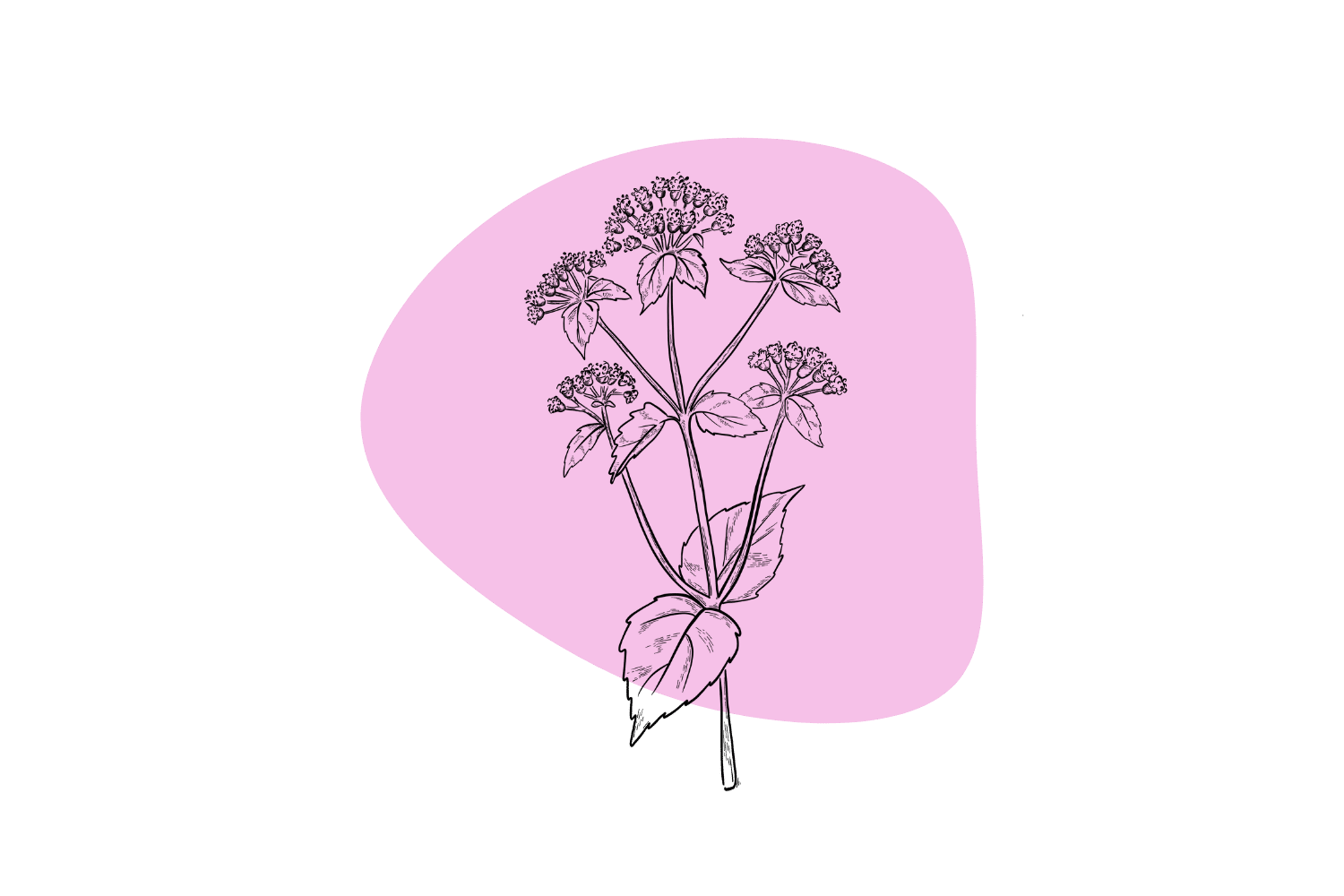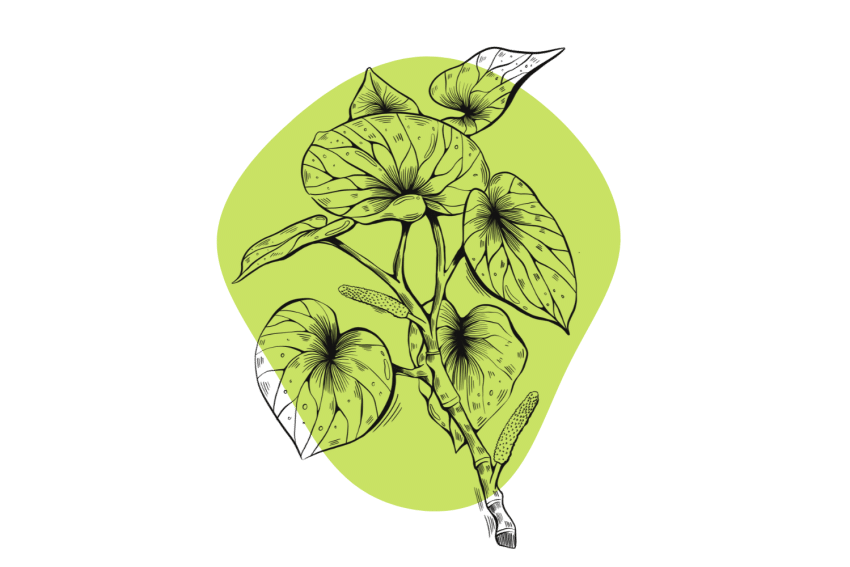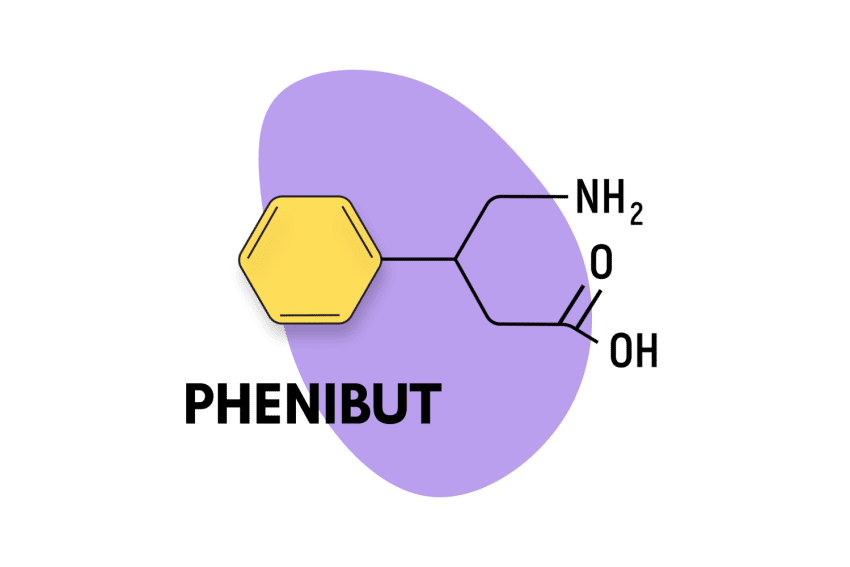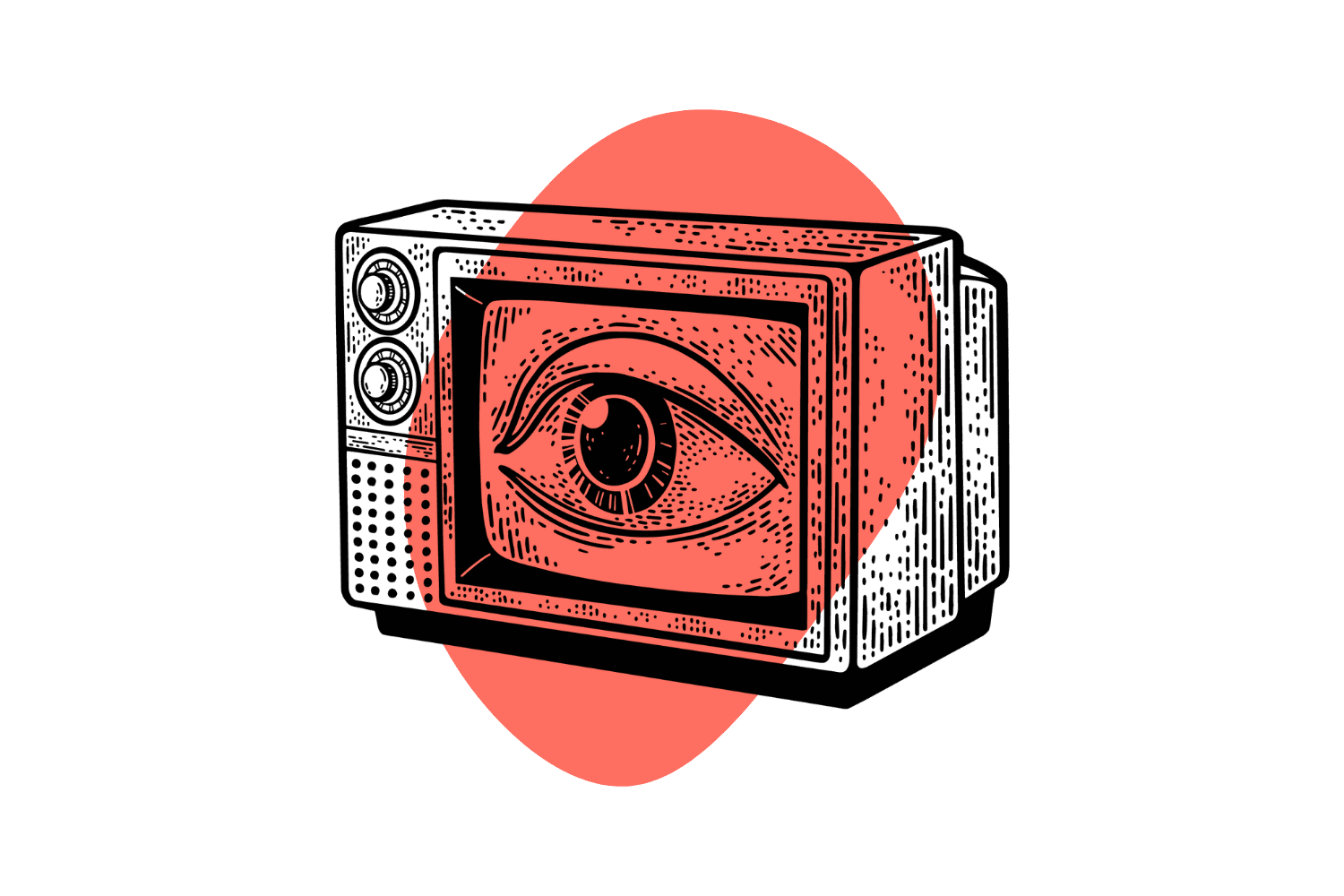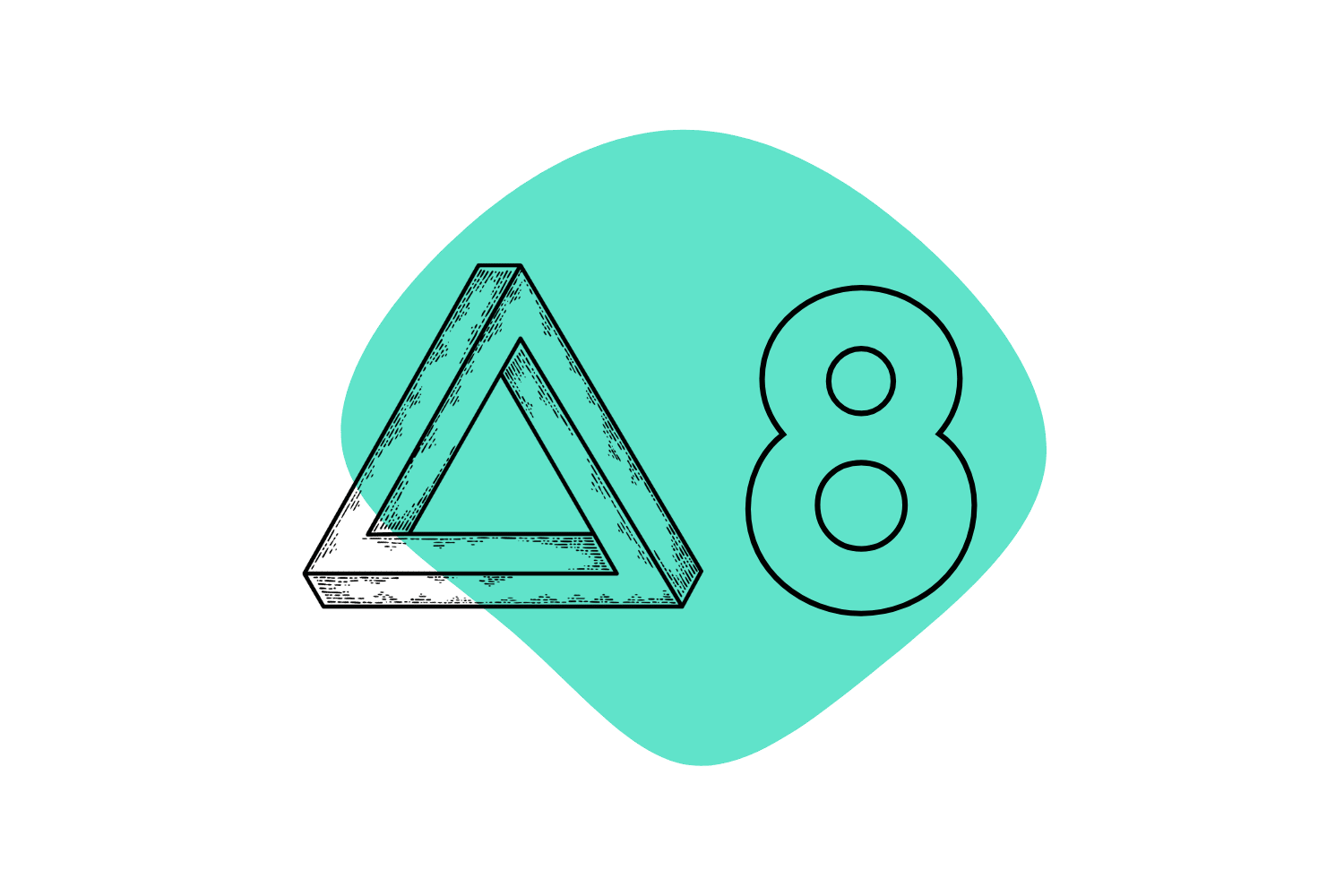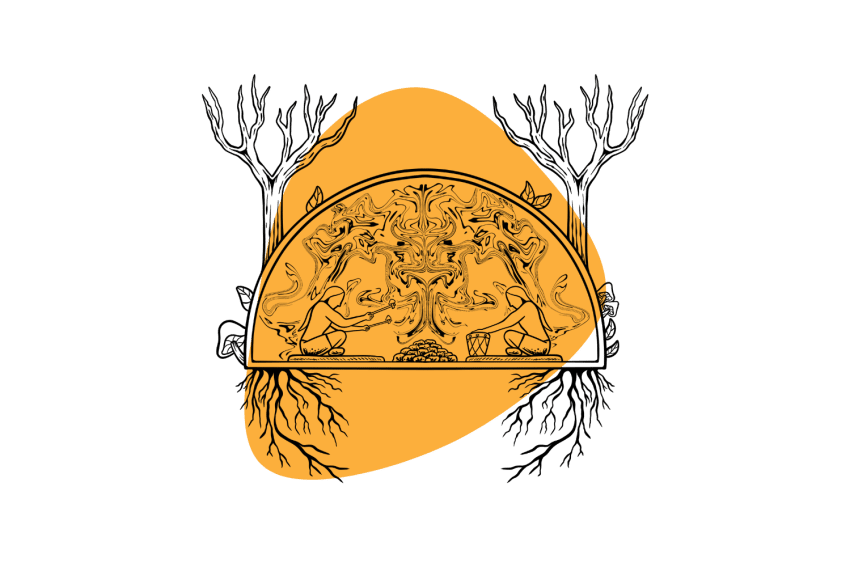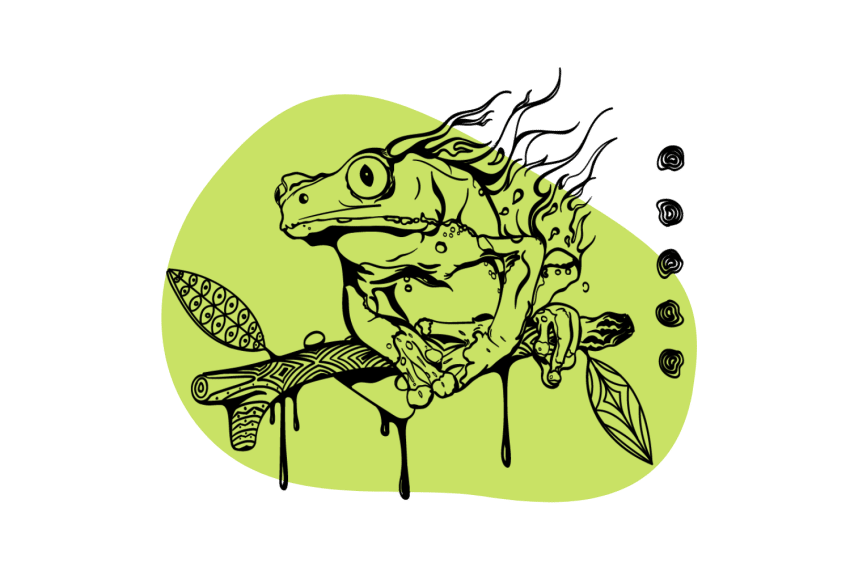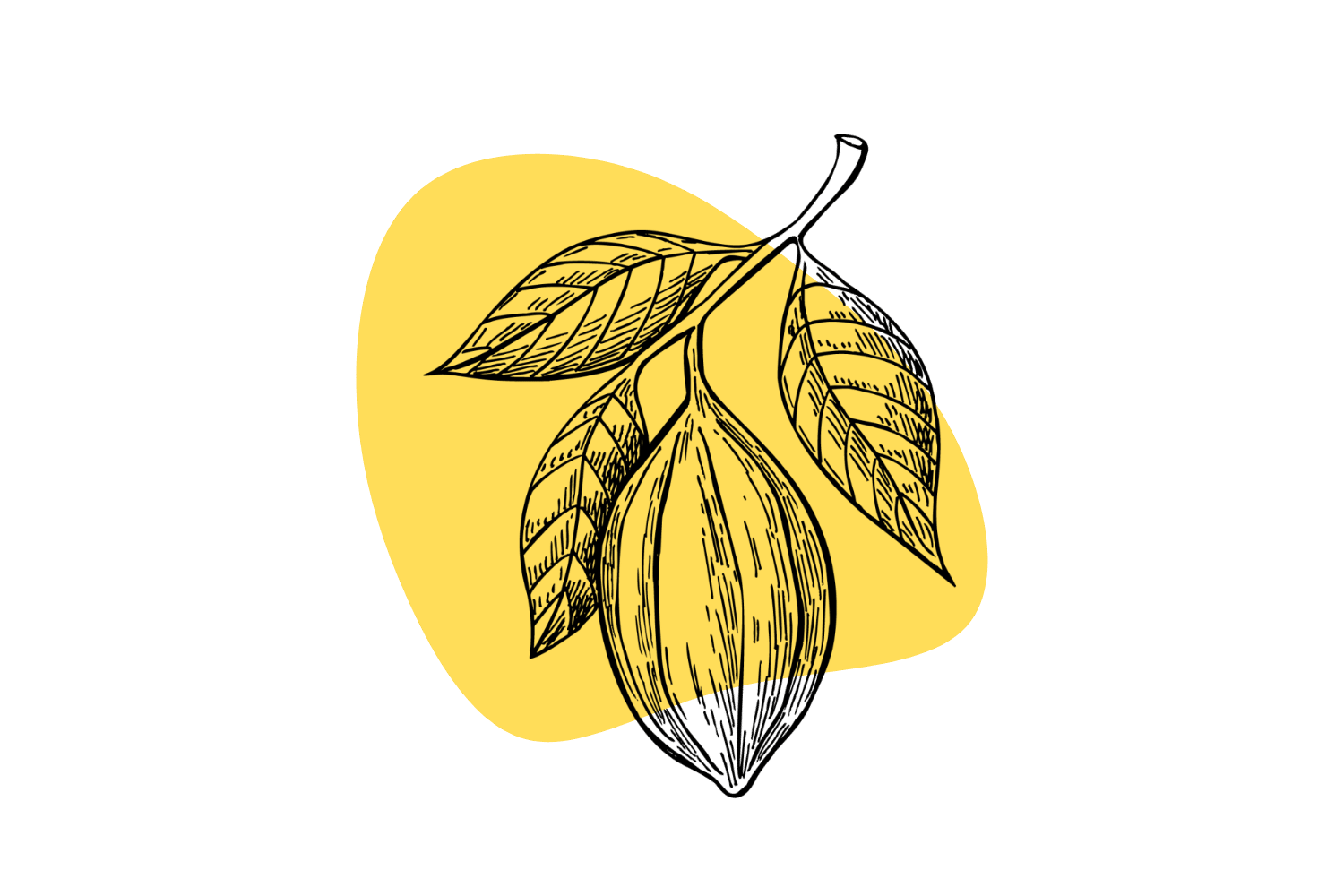Chewing Coca Leaves: How to Take Part In This Ancient Practice
Mamma Coca is one of South America’s most ancient plant medicines, and we’ll tell you how to use it.
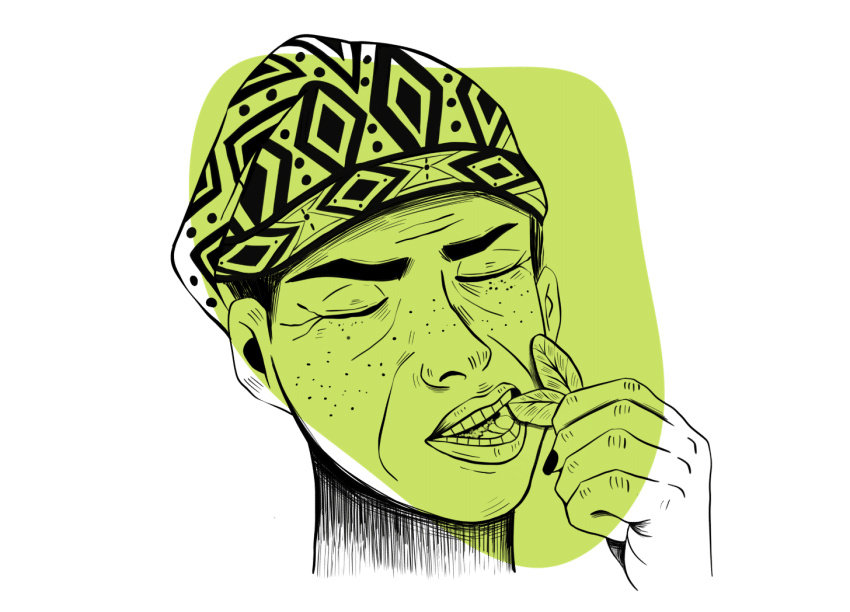
Chewing coca (Exythroxylum coca) is a sacred, social, and functional practice that has been repeated for thousands of years.
Affectionately known as “Mamma Coca,” coca is also the source of cocaine and, therefore, has a complicated relationship with the world. However, chewing coca is commonplace and sacred to many in South America.
I’ll share the different ways coca is used in South America, along with how you can chew them wherever you are in the world.
How Coca Leaf is Used
Chewing coca “es normal” in Argentina, Bolivia, Chile, Columbia, Ecuador, and Peru. Coca can be social, a sacrament, or an entirely casual act like one might grab a cup of coffee with a friend.
Coca leaves are grown in tropical regions, dried in the sun, and transported all over South America. They are common in certain markets, particularly at high altitudes in the Andes, in spots like Cusco in Peru, or La Paz in Bolivia, as the leaves are an established treatment for symptoms of altitude sickness [1].
How people take coca depends on the context. In some social situations, coca (commonly called acullico, chacchado, or other local names) is spread on a mat in the middle of a circle and shared with everyone.
A farmer at work will pop a small handful of leaves into their mouth several times a day and go about business as usual.
High in the Andes, the Quero and other groups make coca offerings in Despacho ceremonies through elemental alters (mesas) in communion with the Apus — spirits of the mountain — and other elements.
In Columbia, mambe, a coca powder, is taken late into the night while elders share stories and wisdom during mambeos.
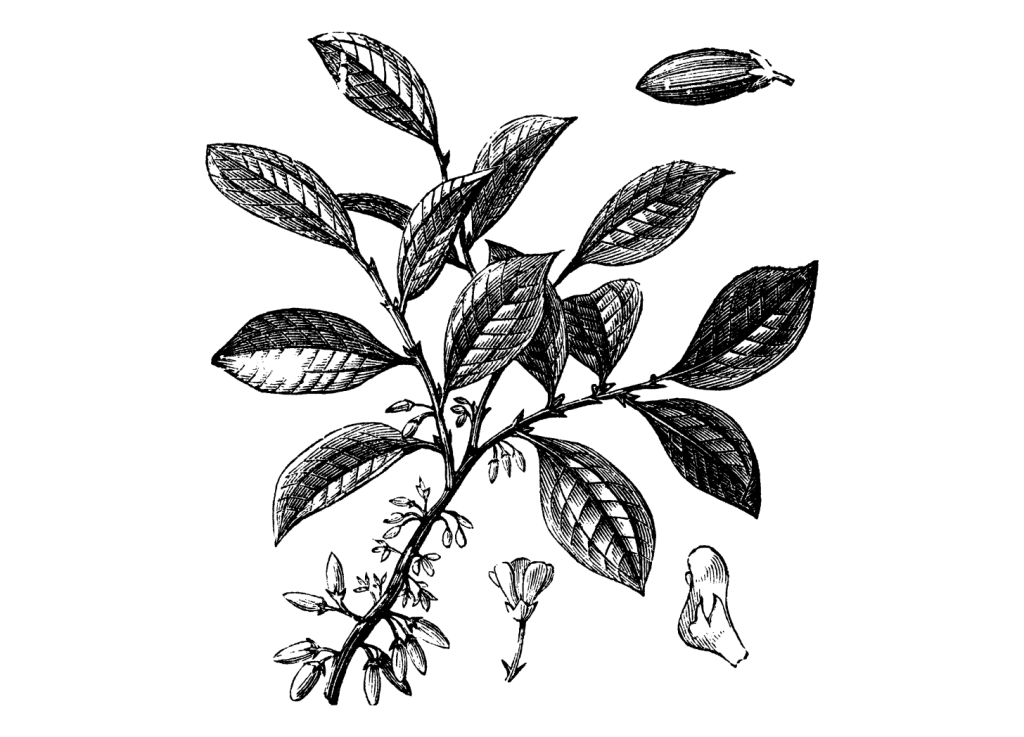
How to Chew Dried Coca Leaves
- Put three to ten (or more) leaves into your mouth.
- Let your salvia hydrate and soften the leaves.
- Gently chew the leaves into a pulp.
- Move the bolus between your cheek and teeth.
- Lightly suck on the leaves and swallow the juice.
- A wad lasts 30-50 minutes, after which the leaves are removed.
You may feel a numbness in your tongue, lips, or face, followed by increased energy, focus, and a lift in mood. Energizing effects can be felt in 5-10 minutes, sometimes sooner.
Coca leaves aren’t chewed to be swallowed (although some people do swallow them). The goal is to break apart the plant tissues to allow for greater absorption of the many alkaloids found in the coca plant [2].
How long coca leaves last has been a traditional measure of time in some parts of South America, a unit known as the cocada.
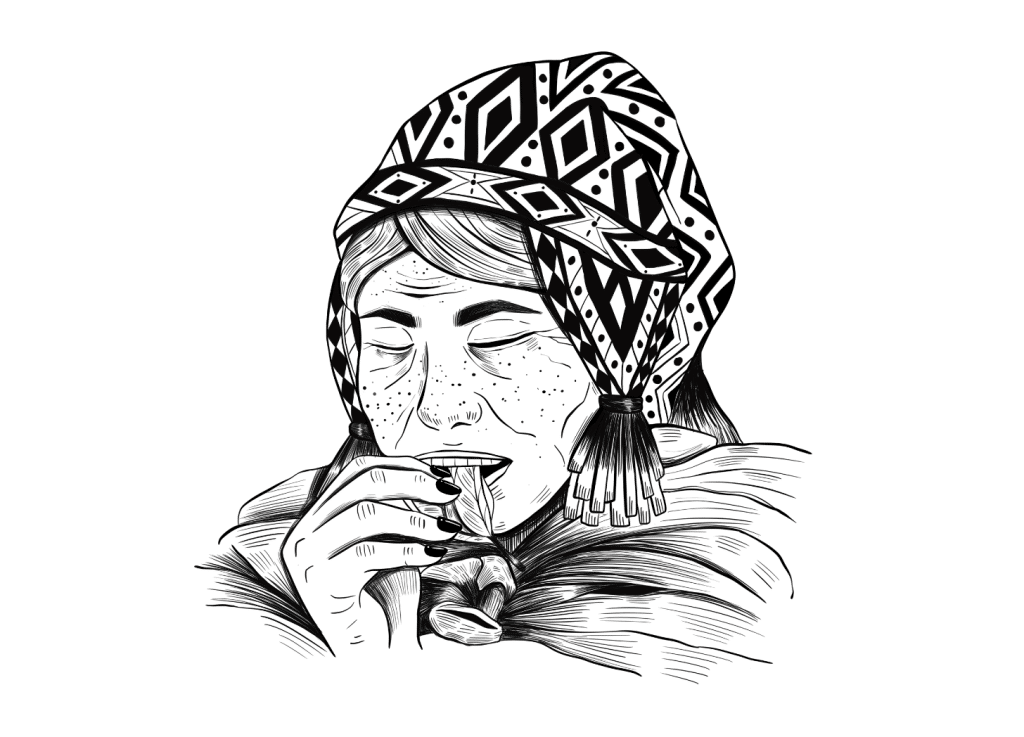
How to Chew Coca With Alkali
When using alkali, there is a noticeable difference, with effects coming on faster and stronger.
Alkali is a water-soluble base. Alkali raises the pH, creating a chemical reaction to release more cocaine from the leaves to be absorbed.
How to Add Alkali to Coca Leaves
- Take your desired amount of leaves and make a pile.
- Break off a small piece of alkali, no bigger than the size of a pea.
- Place your alkali on top of the pile of leaves.
- Roll and fold the leaves around the alkali.
- Place in your mouth and chew.
In markets in South America, alkali will come as a small chunk of dark brownish-black paste or gray powder. Expect it to have a salty, sour taste.
Many different sources of alkali exist. Spanish or Quechua names include llipta, lejia, llijita, yipta, and others.
The name can indicate the composition of the alkali. For example, llipta is often quinoa ash mixed with burnt sea shells. Other alkalis can be the ash of certain trees, amaranth, or even corn.
Some alkalis are sweet because they’re mixed with plantano, stevia, panela, or other natural sugars. One can also find types flavored with plants like mint or cacao. These options are good if you are just beginning to chew and are not accustomed to the bitter taste of coca leaves.
It is also possible to use lime or baking soda (sodium bicarbonate). However, these are more caustic and can burn the inside of your cheek if not used with care.
Some traditions use a special stick to administer the lime, such as the Kogi people of the Sierra Nevada in Northern Columbia, who carry gourds known as poporo full of seashell-based lime. Other cultures have also carried poporos — some are even cast from gold.
How to Do Kintu (Kintas)
Coca has great significance outside of use as a stimulant. The leaves are respectfully exchanged during greetings and woven into spirituality as offerings in prayers and ceremonies.
Some ceremonies, like the despacho, can be fairly elaborate and are best done with a local shaman who knows the traditions and land. Shamans use physical alters called mesas to connect with elements in nature, spirits of the mountains, power animals, spirits, gods, and the greater Andean Cosmovision — three worlds existing in perfect reciprocity.
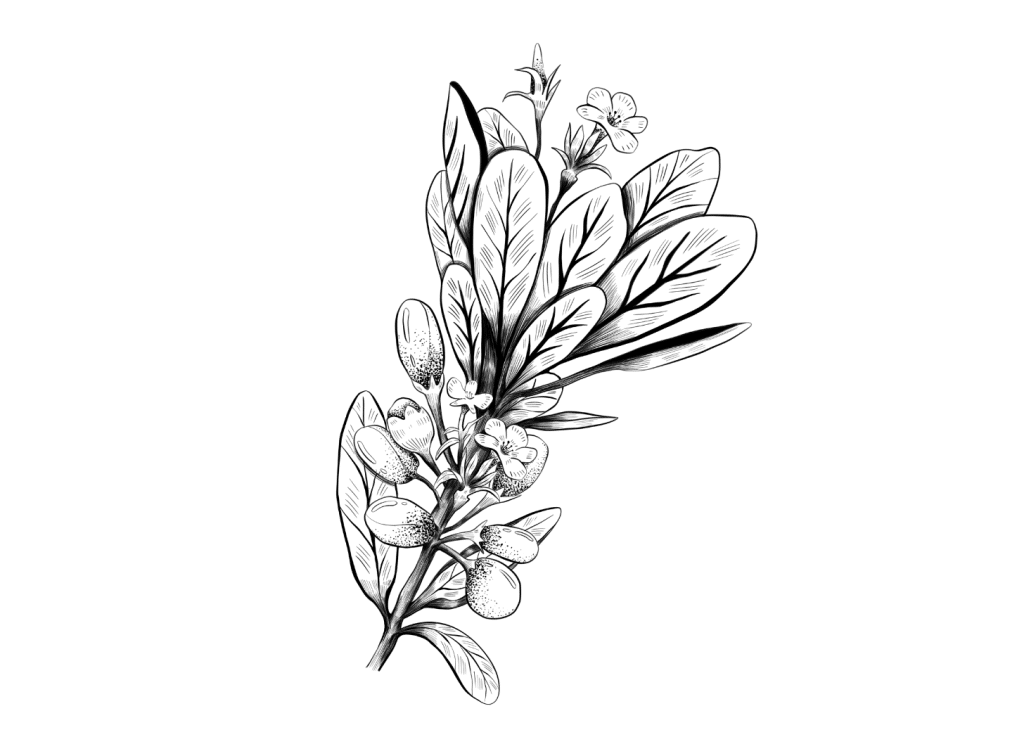
Joining three coca leaves together with Kintu represents the union of the three worlds, which are said to exist as perfect, complimentary opposites:
- Ukhu Pacha — The land of the dead and ancestors represented by the snake (known as Amaru in Quecha).
- Kay Pacha — The world where humans live our lives, represented by the puma (a Quechua word).
- Hanan Pacha — The heavens, the home of the gods, represented by the condor (known as Kuntar).
If you are interested in going deeper into the coca path, seek a shaman who has apprenticed within Andean traditions. However, both locals and foreigners make a kintu with coca leaves without shamanic training.
Many methods of doing kintu exist. Here is the way I’m familiar with:
- Find three nice coca leaves in your bag. They should be pristine, not folded or broken.
- Hold the three leaves together at the base, making a three-pointed V.
- Next, some will call in the four directions or connect with the Apus, the mountain spirits.
- Raise the three leaves up to blow softly over them with a prayer or intention.
- Release the leaves as an offering to Pachamama.
Coca Leaf FAQs
Consuming coca leaf could come with some legal concerns. Make sure you know the local laws before using or transporting them.
1. Is Chewing Coca Illegal?
Coca leaf is illegal in most parts of the world. The leaves are treated as cocaine and carry significant penalties. Even though huge amounts of leaves are needed to make cocaine, we don’t recommend taking them with.
However, in many regions of South America, small amounts of coca leaves are either legal or tolerated. Coca leaf is generally used openly in:
- Argentina
- Bolivia
- Chile
- Colombia
- Peru
- Venezuela
2. Will Chewing Coca Show Up On a Drug Test?
Yes. Chewing coca leaves or drinking coca tea means you are consuming small amounts of cocaine, and it will show up on drug tests [3].
However, cocaine is flushed from the body quite quickly and is typically not detectable in a urine sample after 48 hours.
References
- Casikar, V., Mujica, E., Mongelli, M., Aliaga, J., Lopez, N., Smith, C., & Bartholomew, F. (2010). Does Chewing Coca Leaves Influence Physiology at High Altitude? Indian Journal of Clinical Biochemistry, 25(3), 311–314. https://doi.org/10.1007/s12291-010-0059-1
- Advances in chemistry and bioactivity of the genus Erythroxylum—PubMed. (n.d.). Retrieved May 15, 2023, from https://pubmed.ncbi.nlm.nih.gov/35426005/
- Mazor, S. S., Mycyk, M. B., Wills, B. K., Brace, L. D., Gussow, L., & Erickson, T. (2006). Coca tea consumption causes positive urine cocaine assay: European Journal of Emergency Medicine, 13(6), 340–341. https://doi.org/10.1097/01.mej.0000224424.36444.19

